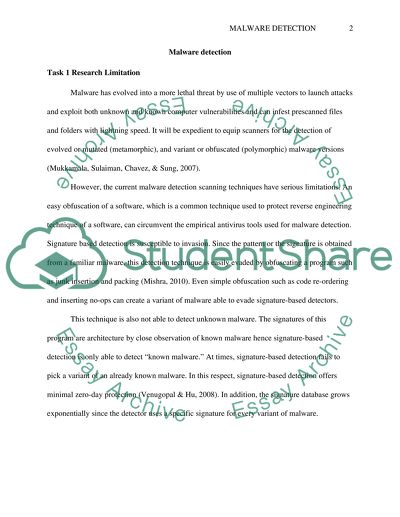Cite this document
(“Investigating Dynamic Malware Analysis tool Research Proposal”, n.d.)
Investigating Dynamic Malware Analysis tool Research Proposal. Retrieved from https://studentshare.org/information-technology/1656875-investigating-dynamic-malware-analysis-tool
Investigating Dynamic Malware Analysis tool Research Proposal. Retrieved from https://studentshare.org/information-technology/1656875-investigating-dynamic-malware-analysis-tool
(Investigating Dynamic Malware Analysis Tool Research Proposal)
Investigating Dynamic Malware Analysis Tool Research Proposal. https://studentshare.org/information-technology/1656875-investigating-dynamic-malware-analysis-tool.
Investigating Dynamic Malware Analysis Tool Research Proposal. https://studentshare.org/information-technology/1656875-investigating-dynamic-malware-analysis-tool.
“Investigating Dynamic Malware Analysis Tool Research Proposal”, n.d. https://studentshare.org/information-technology/1656875-investigating-dynamic-malware-analysis-tool.


